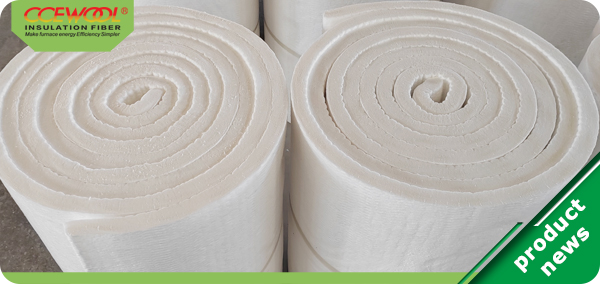When it comes to thermal insulation, particularly in high-temperature industrial applications, the efficiency of the insulating material is crucial. A thermal blanket must not only resist high temperatures but also prevent heat transfer to maintain energy efficiency. This brings us to the ceramic fiber blanket, a highly regarded solution in the realm of thermal insulation.
Ceramic fiber blankets are made from high-strength, spun ceramic fibers and are designed to provide exceptional thermal insulation. These blankets are recognized for their ability to withstand extreme temperatures, typically ranging from 1050°C to 1430°C, making them ideal for various industrial applications.
Key Features of Ceramic Fiber Blankets as Insulators:
High-Temperature Resistance: One of the primary attributes of ceramic fiber blankets is their resistance to extreme temperatures. They can endure continuous exposure to high heat without degrading, maintaining their insulative properties over time.
Low Thermal Conductivity: These blankets have a low rate of thermal conductivity, which is a measure of a material's ability to conduct heat. Lower thermal conductivity means better insulative properties, as it impedes the flow of heat.
Flexibility and Ease of Installation: Despite their robustness, ceramic fiber blankets are surprisingly lightweight and flexible. This flexibility allows them to be easily installed and shaped to fit a variety of configurations, which is particularly useful in complex industrial settings.
Chemical and Physical Stability: In addition to thermal resistance, these blankets also resist chemical attack and mechanical wear. This stability under harsh conditions further enhances their suitability as insulators in demanding environments.
Energy Efficiency: By effectively insulating against heat loss or gain, ceramic fiber blankets contribute to improved energy efficiency in industrial processes. This can lead to reduced energy costs and a lower environmental footprint.
Post time: Dec-20-2023


